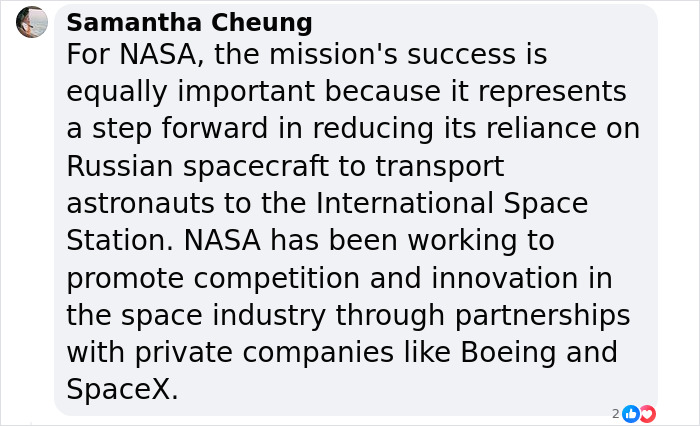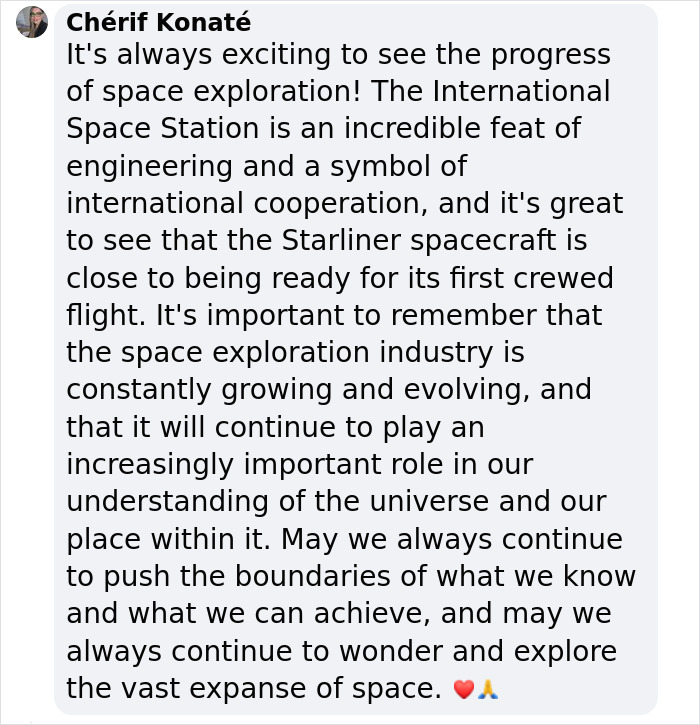In 2010, NASA began the Commercial Crew program to encourage private companies to develop spacecraft to carry astronauts into space after the retirement of the space shuttle in 2011. Two companies were ultimately chosen in 2014: SpaceX, with Dragon, and Boeing, with the CST-100 Starliner.
The space agency aimed to have both companies operating at once, but while SpaceX has launched 50 astronauts, cosmonauts and civilians into orbit in 13 piloted Crew Dragon flights since May 2020, Boeing has been constantly facing multiple technical problems. And yet, 7 years behind schedule, Boeing’s Starliner is about to make its first crewed flight.
More info: NASA
After years of delays, Boeing’s Starliner capsule is set to make its first crewed flight to the International Space Station
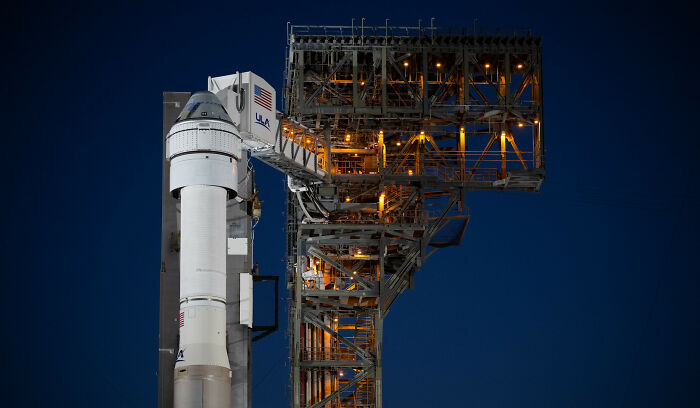
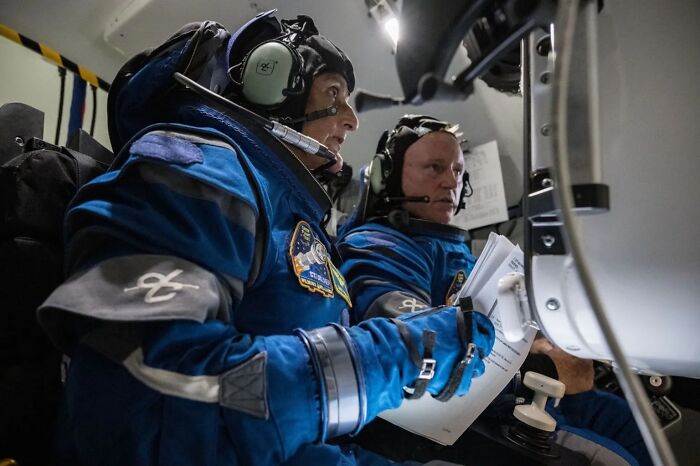
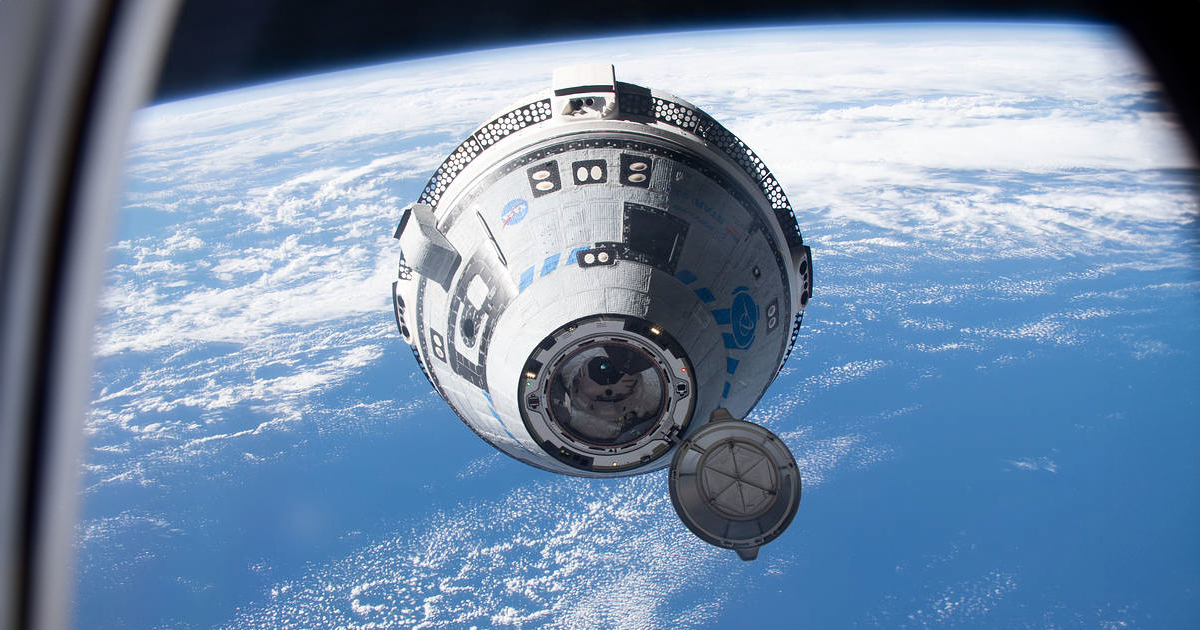
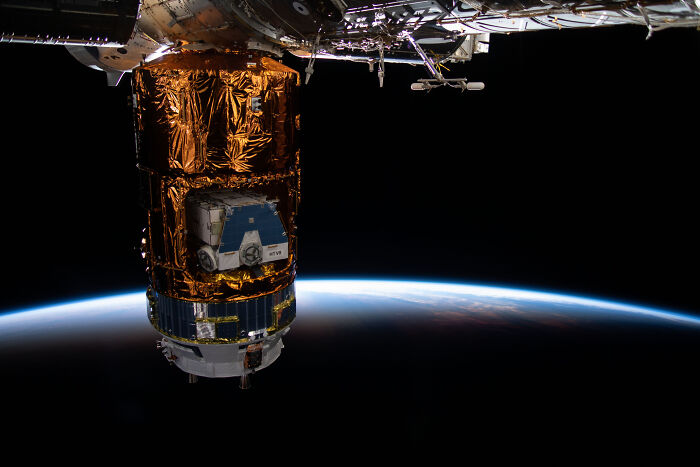
Starliner was built by the American corporation with the purpose to transport crew to the International Space Station (ISS) and other low-Earth-orbit destinations. The spacecraft consists of a reusable crew capsule and an expendable service module. It can carry up to 7 crew members to and from low-Earth orbit and it’s designed to remain docked to the station for up to 7 months.
Launching from the Kennedy Space Center on May 6, Boeing’s Starliner spacecraft was supposed to carry NASA’s astronauts Suni Williams and Butch Wilmore (each of whom has already been to the ISS twice before) to the ISS, marking a long-awaited victory for the beleaguered Boeing program.
The name of the spacecraft holds a special place in Williams’ heart: she named the crew capsule Calypso in 2019 due to her love of the ocean and in reference to the ship of famous explorer Jacques Cousteau, who sailed across the world on his own ship bearing the same name. Williams believes that Starliner can do the same for space.
The goal of the mission is to prove that Starliner is a safe option for bringing crew to and from the ISS, therefore most of its objectives involve testing out the spacecraft and its software. Also important to mention is that this is the first time the Atlas V rocket has been used for a crewed mission. If everything goes well, Starliner will be be able to begin making annual crewed flights and will become a backup for SpaceX’s already successfully working Dragon.
Boeing spent several years drowned in a string of challenges, including a list of issues that were uncovered in 2022 during the spacecraft’s second uncrewed test flight.
“Design and development is hard – particularly with a human space vehicle. There’s a number of things that were surprises along the way that we had to overcome. … It certainly made the team very, very strong. I’m very proud of how they’ve overcome every single issue that we’ve encountered and gotten us to this point,” shared Mark Nappi, who is the vice president and Starliner program manager at Boeing.
“Perhaps we didn’t have as many people embedded in that process as we should have,” NASA’s Commercial Crew Program manager, Steve Stich, explained the situation. “When one provider (SpaceX) has a newer approach than another, it’s often natural for a human being to spend more time on that newer approach, and maybe we didn’t quite take the time we needed with (Boeing’s) more traditional approach.”
Boeing designed Starliner to be partially reusable to reduce the cost of getting to space
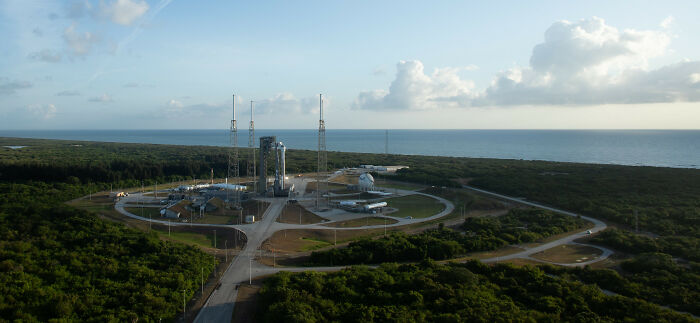
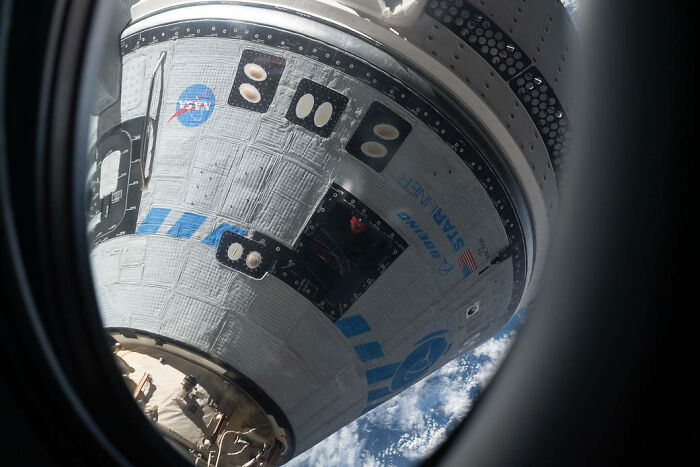
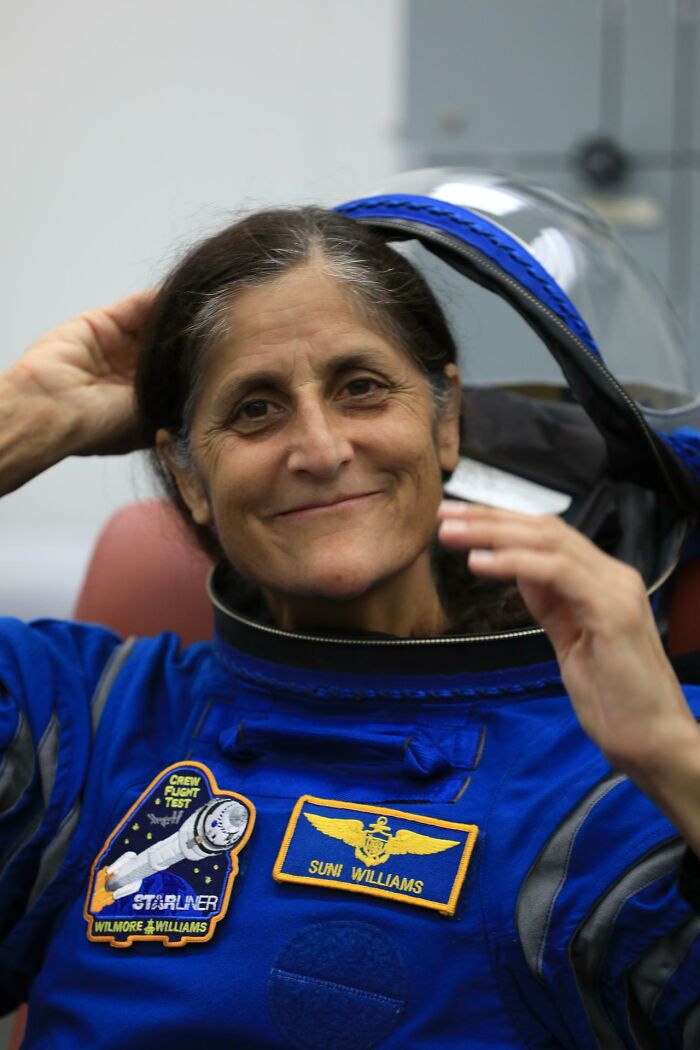
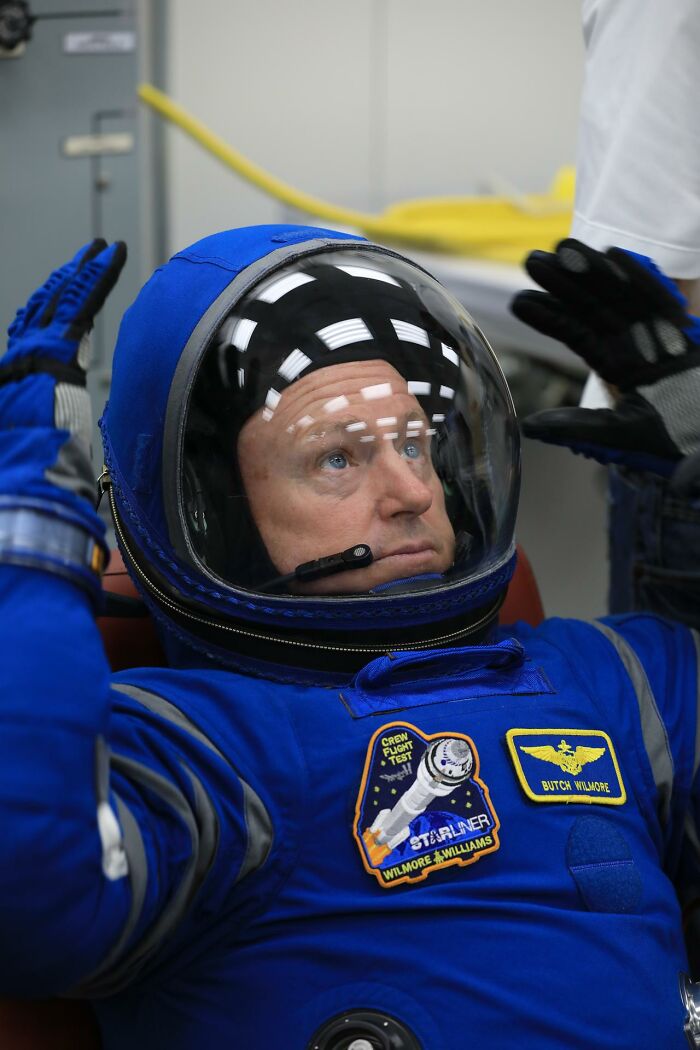
Boeing’s Starliner success in its first crewed flight would fulfill a long-awaited vision of the US space agency – to have both Crew Dragon and Starliner flying regularly.
“This is history in the making. We’re now in the golden era of space exploration,” NASA’s Administrator Bill Nelson shared the excitement.
“Having two different US-crewed vehicles is really important for us. This crewed flight test is a critical stepping stone to reaching that broader goal,” added Dana Weigel, NASA’s program manager for the ISS.
According to Libby Jackson, who is the head of space exploration for the UK Space Agency, the arrival of Boeing’s spacecraft into service will mean competition for SpaceX, which should bring down costs.”That is really important not just for NASA, but for other space agencies, such as the UK Space Agency, because we are spending the taxpayers’ money getting our astronauts to the ISS and we want the best value for money,” she explained.
During the journey to the ISS, Wilmore and Williams will test seats, check onboard life-support and navigation systems, as well as evaluating the system that moves cargo into the ISS.
And besides all of that, the crew will be testing brand new space suits, which are about 40% lighter than earlier generations of spacesuits worn by American astronauts and more flexible. The suits also have touchscreen-sensitive gloves, therefore the astronauts will be able to work with tablets in the spacecraft.
On May 6, Butch Wilmore and Suni Williams were already in position inside the Starliner when the decision to halt was made. Boeing’s first crewed space flight was postponed just two hours before launch for a safety check due to a potential issue with an oxygen relief valve in the Atlas rocket run by the United Launch Alliance. It was discovered that the valve had been rapidly opening and closing in the period before launch and so the countdown was aborted.
The new launch attempt is scheduled no earlier than Friday, May 10. The delay will allow data analysis on a pressure regulation valve on the liquid oxygen tank of the Atlas V rocket‘s Centaur upper stage and determine whether it is necessary to replace the valve.
Everyone interested in how the situation will develop can follow the news on NASA’s website.
Suni Williams named the spacecraft “Calypso” for her love of the ocean and in reference to the ship of famed explorer Jacques Cousteau
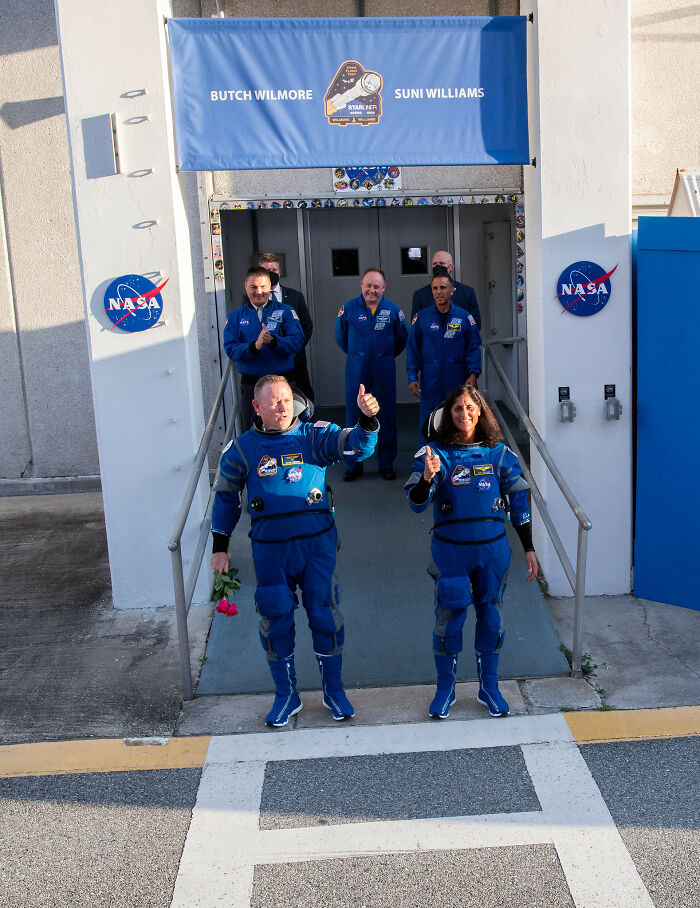
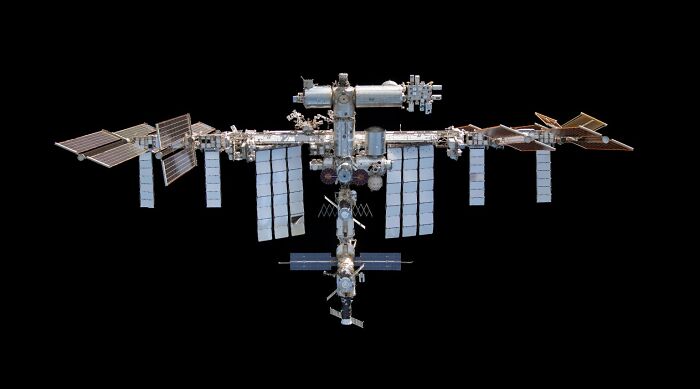
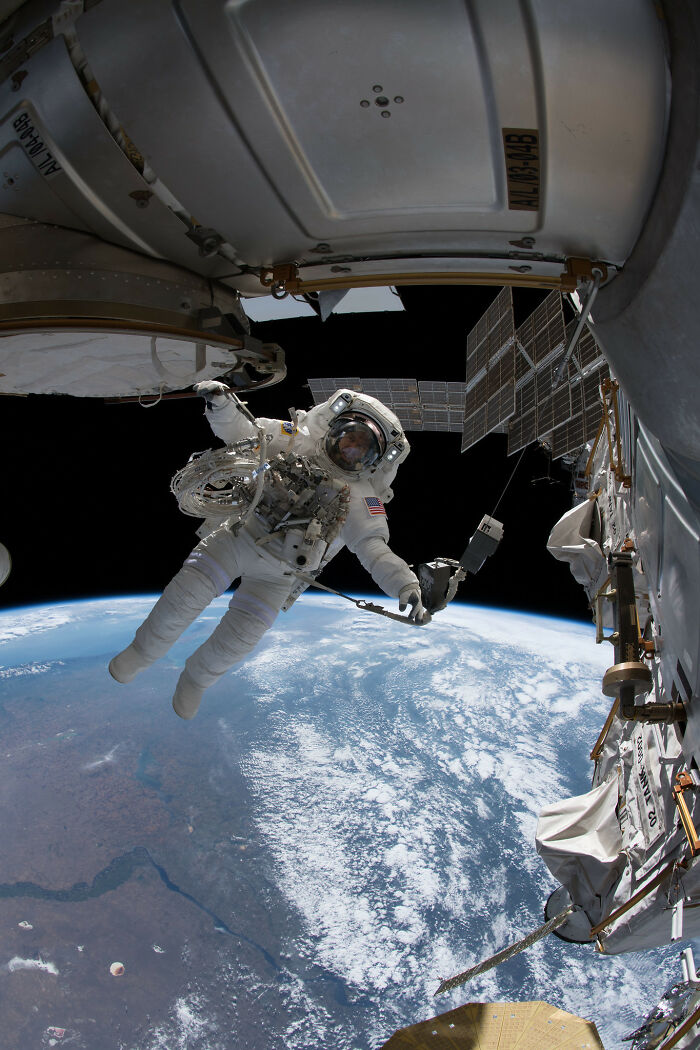
While SpaceX has made commercial spaceflight look easy, Boeing’s Starliner is continuously struggling with challenges, yet nevertheless doesn’t seem to give up. And there’s strong reason behind it.
The first crewed flight of Starliner would not only show that more than one company can find success in the commercial space industry, but also would give NASA the ability to focus more on the missions to the Moon and beyond.
People on the internet shared supportive messages for Starliner’s crew


